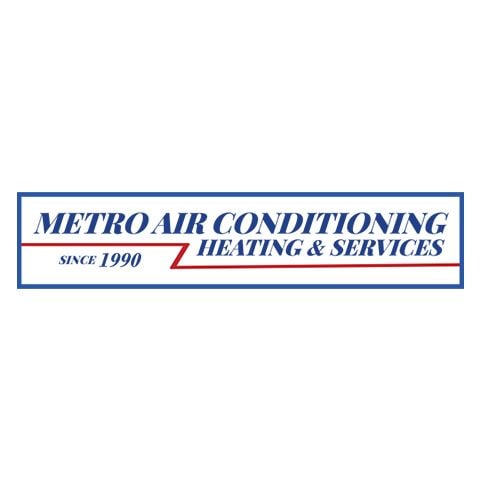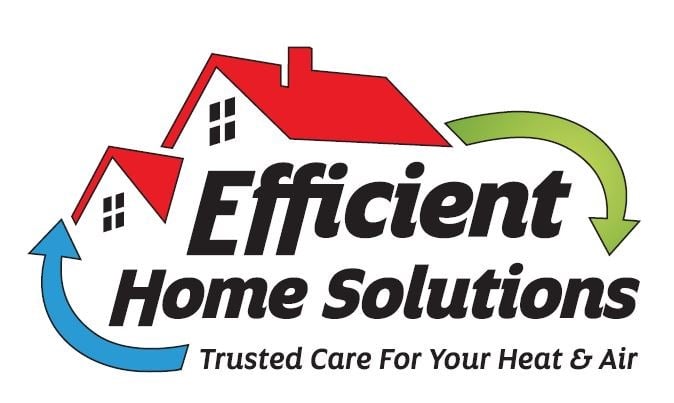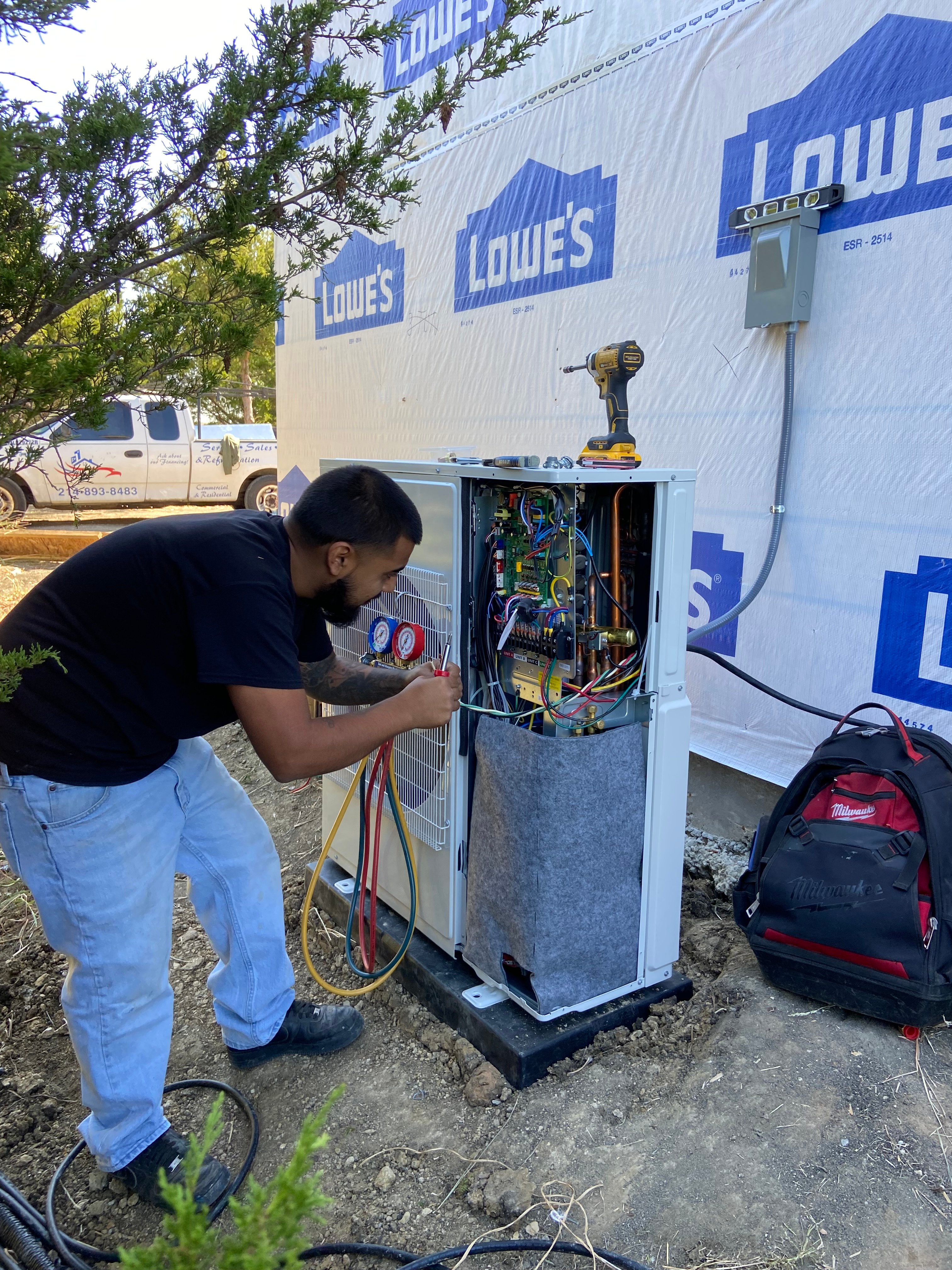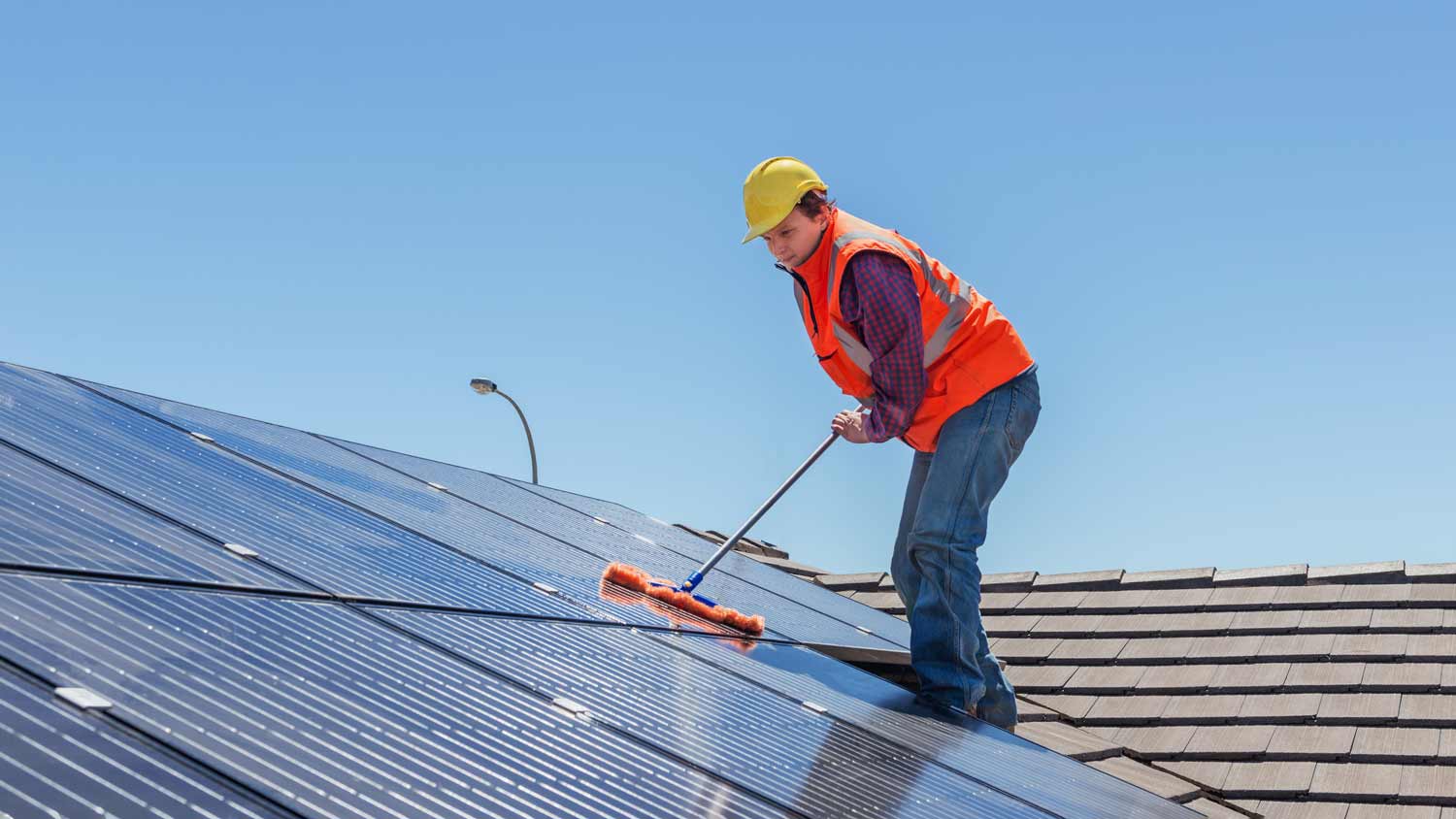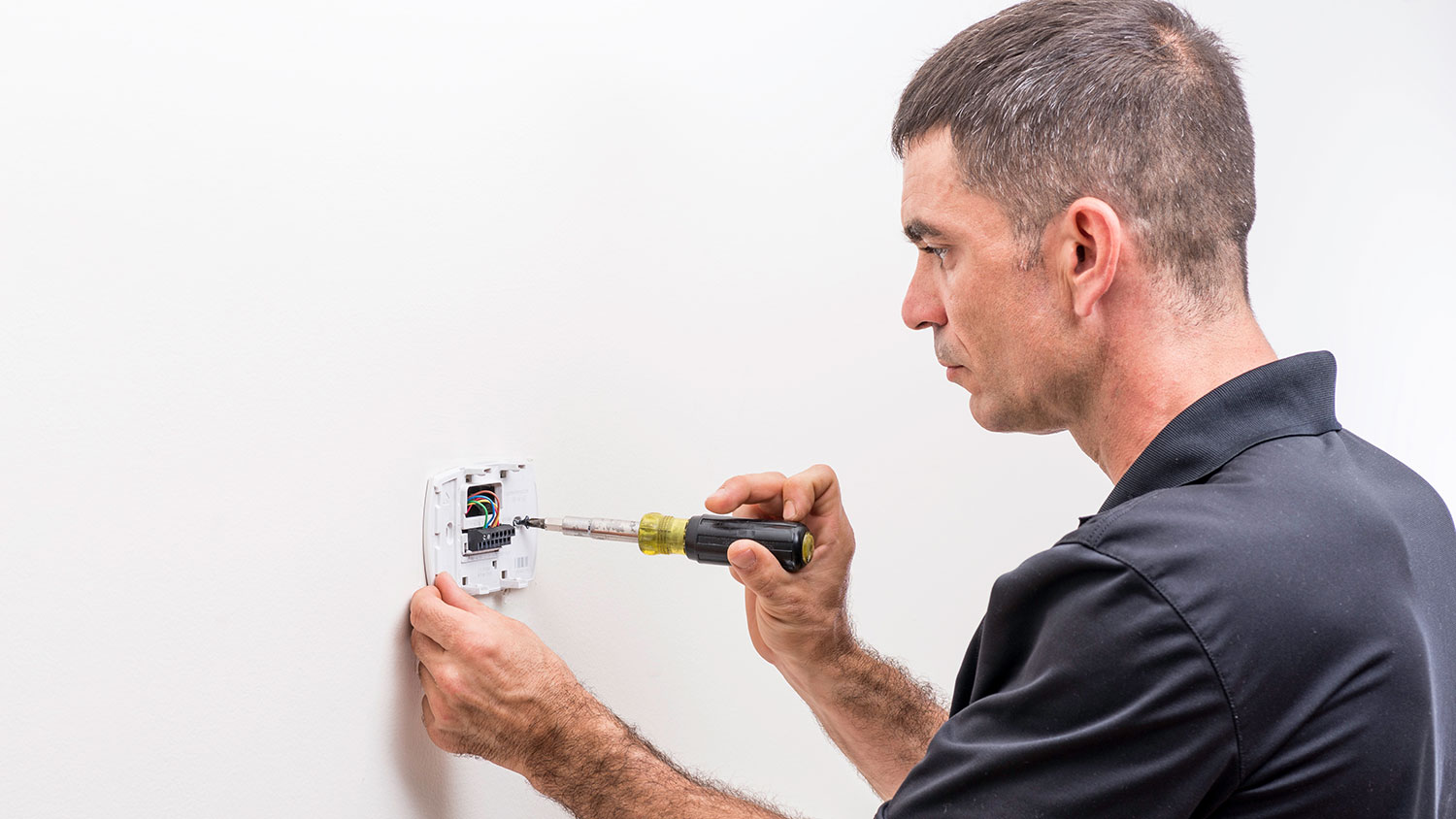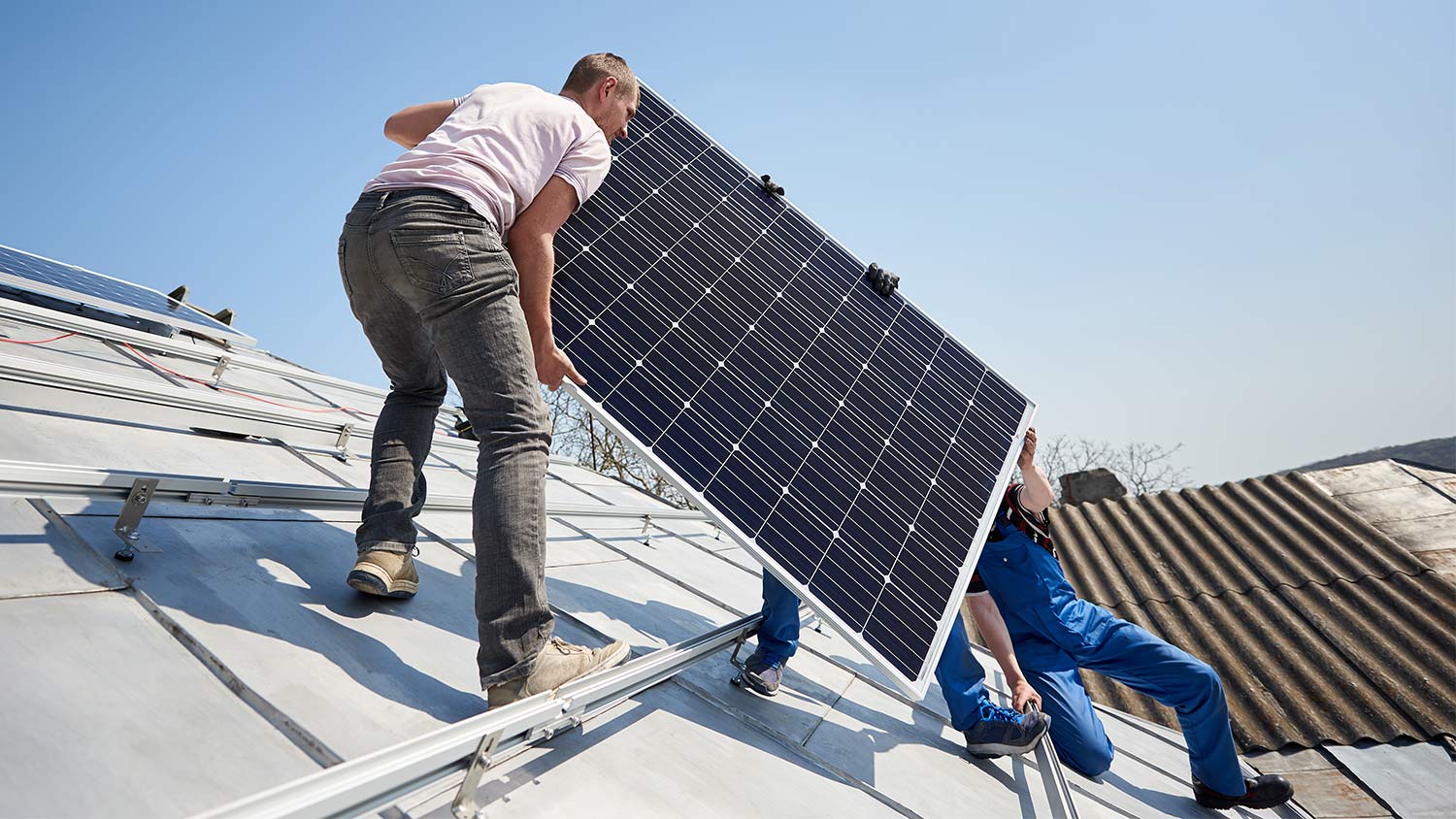
Xtreme Air Services
Xtreme Air Services
We offer fast, reliable air conditioning repair and replacement in Dallas, TX. We are also licensed plumbing and electrical experts. At Xtreme Air Services, we believe in doing right by our customers. That’s why all of our work comes backed by our 100% satisfaction guarantee. We also don’t charge extra for service on nights or weekends. Work with a team that is dedicated to treating you like family. Xtreme Air Services is the leader in HVAC, plumbing, and electrical service in the Dallas-Fort Worth Metroplex. Call Today, Service Today!
"Here's a more refined, less repetitive version that maintains the same level of frustration and negativity: WARNING: Read Before Hiring Xtreme Air Services If you're considering Xtreme Air Services, take a moment to read this--there's a treat at the end. Surprise, surprise... yet another negative review. Let's start with Eddy O., the so-called "General Manager." Our Experience Eddy made it clear that Xtreme Air Services "wouldn't be able to help us" if we posted negative reviews about their incompetence, despite the fact that they improperly installed our unit, left us with a potential fire hazard, and disabled one of our heat coils (without our consent). Screenshot attached. After leaving us with a heater that doesn't function properly in winter, their solution? Pay thousands more if we want them to "help." Comical. So, in order to get the service we already paid for, we have to stay quiet? Oops. A Few Key Points: 1. Threatening not to help the customer with an issue you created? That's just ignorant. Zero integrity. 2. Why would we pay more to an unprofessional company that sends unqualified, non-bonded, non-insured workers to botch an installation? Rude, unaccountable, and incompetent from top to bottom. 3. This experience makes spending our money elsewhere EASY. The CEO is an imbecile. We paid over $12K for a unit that now operates on half power because the breaker they installed can't handle it. A professional company would've caught this--Xtreme Air Services didn't. Even their own seventh technician admitted, within seconds, that it was installed incorrectly. Still not convinced? Let's Talk Fire Hazards Both the Xtreme Air Services technician AND a third-party electrician confirmed our system was a fire hazard. Eddy (who is not a licensed electrician) claimed it wasn't because "that's why the breaker trips." That's not how fire hazards work, Eddy. This system was installed in the summer. Clearly, not one of the seven techs they sent even tested the heating function beyond a few moments. Fast forward to winter--our heater trips the breaker after 5-10 minutes, sometimes running inconsistently (aka, a fire hazard). Xtreme Air's Response? * No accountability. * No apology. * Just more incompetence from "General Manager" Eddy, a pompous clown who lacks both professionalism and basic customer service skills. Instead of addressing their negligence, he condescended, interrupted, and dismissed legitimate concerns. He even had the audacity to tell me we "don't have that many cold days in Texas." What does that have to do with selling and installing a properly functioning heating system? The real kicker? Their own sales team KNEW this system wouldn't work. They either failed to test it or outright lied. Either way, we now have a fire hazard and an unusable heater unless we fork over an additional $2,500-$3,000. Xtreme Air Services is an unprofessional, dishonest company that cuts corners and are a JOKE professionally."
Tionne S on February 2025
We offer fast, reliable air conditioning repair and replacement in Dallas, TX. We are also licensed plumbing and electrical experts. At Xtreme Air Services, we believe in doing right by our customers. That’s why all of our work comes backed by our 100% satisfaction guarantee. We also don’t charge extra for service on nights or weekends. Work with a team that is dedicated to treating you like family. Xtreme Air Services is the leader in HVAC, plumbing, and electrical service in the Dallas-Fort Worth Metroplex. Call Today, Service Today!
"Here's a more refined, less repetitive version that maintains the same level of frustration and negativity: WARNING: Read Before Hiring Xtreme Air Services If you're considering Xtreme Air Services, take a moment to read this--there's a treat at the end. Surprise, surprise... yet another negative review. Let's start with Eddy O., the so-called "General Manager." Our Experience Eddy made it clear that Xtreme Air Services "wouldn't be able to help us" if we posted negative reviews about their incompetence, despite the fact that they improperly installed our unit, left us with a potential fire hazard, and disabled one of our heat coils (without our consent). Screenshot attached. After leaving us with a heater that doesn't function properly in winter, their solution? Pay thousands more if we want them to "help." Comical. So, in order to get the service we already paid for, we have to stay quiet? Oops. A Few Key Points: 1. Threatening not to help the customer with an issue you created? That's just ignorant. Zero integrity. 2. Why would we pay more to an unprofessional company that sends unqualified, non-bonded, non-insured workers to botch an installation? Rude, unaccountable, and incompetent from top to bottom. 3. This experience makes spending our money elsewhere EASY. The CEO is an imbecile. We paid over $12K for a unit that now operates on half power because the breaker they installed can't handle it. A professional company would've caught this--Xtreme Air Services didn't. Even their own seventh technician admitted, within seconds, that it was installed incorrectly. Still not convinced? Let's Talk Fire Hazards Both the Xtreme Air Services technician AND a third-party electrician confirmed our system was a fire hazard. Eddy (who is not a licensed electrician) claimed it wasn't because "that's why the breaker trips." That's not how fire hazards work, Eddy. This system was installed in the summer. Clearly, not one of the seven techs they sent even tested the heating function beyond a few moments. Fast forward to winter--our heater trips the breaker after 5-10 minutes, sometimes running inconsistently (aka, a fire hazard). Xtreme Air's Response? * No accountability. * No apology. * Just more incompetence from "General Manager" Eddy, a pompous clown who lacks both professionalism and basic customer service skills. Instead of addressing their negligence, he condescended, interrupted, and dismissed legitimate concerns. He even had the audacity to tell me we "don't have that many cold days in Texas." What does that have to do with selling and installing a properly functioning heating system? The real kicker? Their own sales team KNEW this system wouldn't work. They either failed to test it or outright lied. Either way, we now have a fire hazard and an unusable heater unless we fork over an additional $2,500-$3,000. Xtreme Air Services is an unprofessional, dishonest company that cuts corners and are a JOKE professionally."
Tionne S on February 2025



